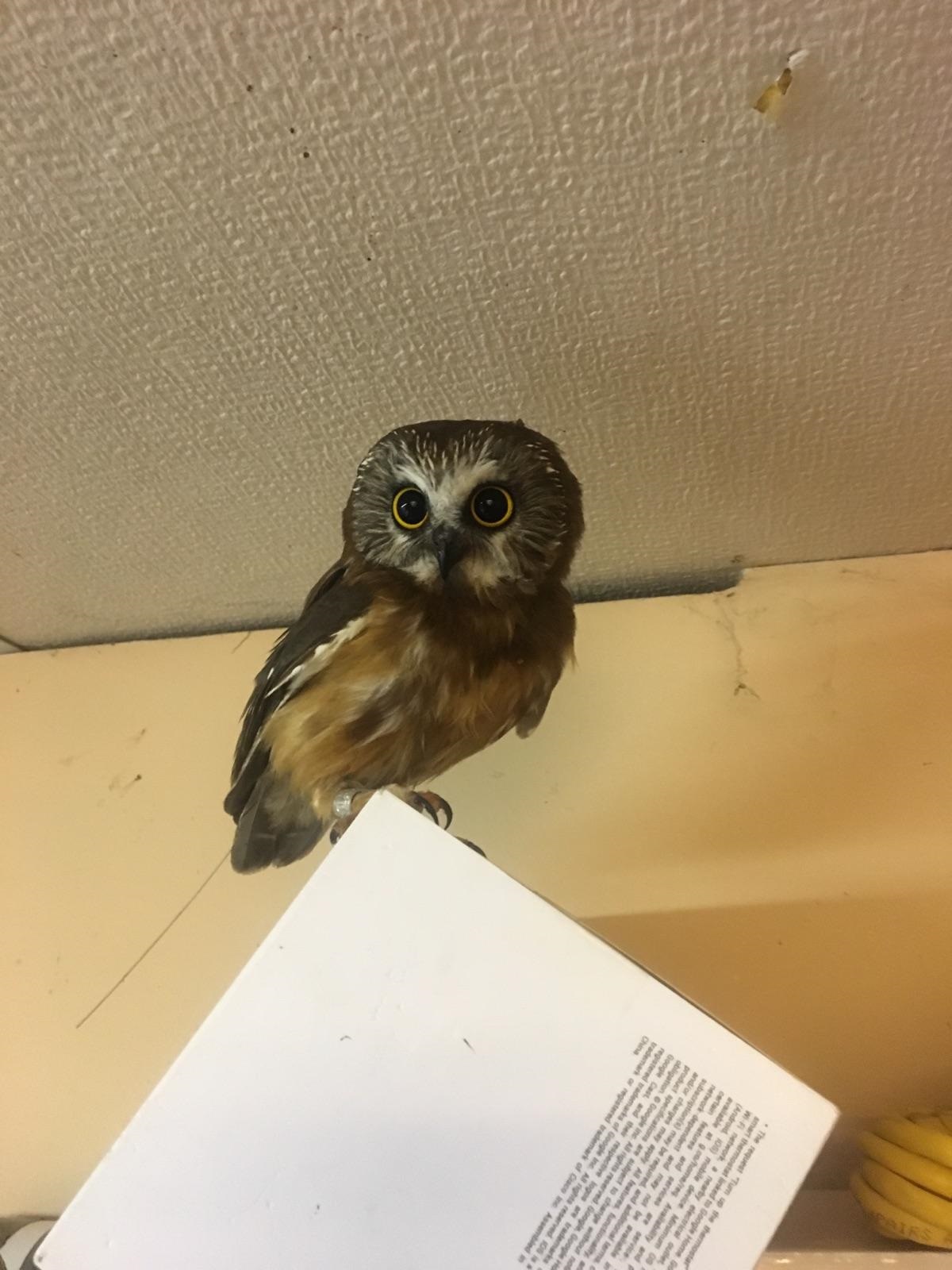Northern Saw-whet Owl (Aegolius acadicus) with nanotag: David Brinker.
After more than a century of research, our understanding of the movement ecology of migratory birds is still surprisingly rudimentary. This is especially true for nocturnal species like owls and smaller passerines, which present obvious challenges. New technologies like satellite and GPS/GSM transmitters can answer some questions, but they are effective only on larger species able to carry these relatively heavy and expensive devices.
With small Motus towers in place from Nunavut, Canada to Chile, more than 22,000 animals representing more than 200 species, including songbirds, raptors, seabirds, bats, monarch butterflies and migratory dragonflies, have been tagged by hundreds of participant researchers.
Having already installed 60 receiver stations across Pennsylvania and Maryland, our collaborations larger goal is to fill out the Motus network throughout the inland Northeast, creating a network of over 75 stations from the mid-Atlantic to New England by the end of 2020. We hope to plug a significant geographic gap in the Motus network and make tracking of all migratory species in eastern North America dramatically more effective.

